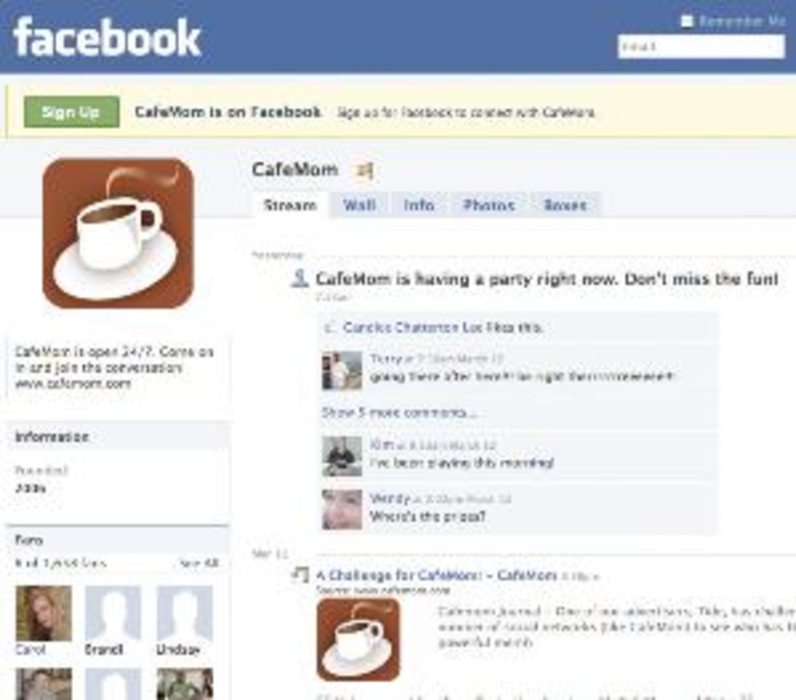Brands have long known that social networks can be a driver of traffic for their sites, but new stats from Hitwise say for some Web sites, Facebook can drive more users than Google.
These sites include Evite.com, celebrity gossip blog PerezHilton.com and mom-centric social network CafeMom.com.
This year, PerezHilton garnered 8.85% of its visitors from Facebook and 7.29% of the traffic from Google, according to Hitwise.
Heather Dougherty, director of research at Hitwise, said this is because Facebook users increasingly post articles and links from outside sites on friends’ walls and throughout the network. But it’s not the same in all verticals.
“This is happening more with entertainment-based sites and is increasing in the sports vertical as well,” she said. “And, because people spend so much time on [Facebook], it’s a natural destination for information.”
Additionally, brands with fan pages now can update their statuses that appear in fans’ newsfeeds. This also can drive traffic back to brands’ sites.
A Google spokesperson said, as a policy, the company does not comment on third-party data.
While the majority of online party initiations site Evite’s traffic — around 65% — comes from e-mailed invitations, Lariayn Payne, VP of marketing and PR for the company, said that Facebook is becoming an increasingly more important part of Evite’s marketing mix.
“Making Evite portable is our overall goal, so we’re trying to figure out different ways to facilitate that,” she said.
Today, users can create Evites and post them to Facebook. When a user clicks for more information, they are driven to Evite’s site. User referrals from Facebook doubled from January 2008 to January 2009, Payne said.
Other social networks also are taking advantage of the phenomenon. Paul Bannister, EVP of CafeMom, said because people on these type of sites understand the online community relationship, it’s not surprising to see Facebook driving traffic to smaller niche networks.
“People are browsing back and forth between all of their social networks, and we’re really starting to see those connections,” he said.
CafeMom has drawn 9.01% of its visitors from Facebook and 7.6% from Google, according to Hitwise. When users who are members of both sites upload photos to CafeMom, a notice of that upload appears in the users’ Facebook newsfeed.
“It’s feeling more natural to jump between those environments,” Bannister said.
But David Berkowitz, director of emerging media and client strategy for 360i, said it’s important to remember that the mindset of a Google searcher is much different than someone who clicks on a link on their Facebook wall.
“If people are actively searching for content, they’re much more invested in the information,” he said. “If a person clicks on a link from Facebook, they may not remember where they saw the information.”
Berkowitz suggests marketing differently to those users who are driven to a site from social networks.
“For example, for those who appear to be first time visitors, you could have a ‘best-of-your-site’ to accompany the content that was linked to,” he explained, adding that in this way, brands can draw in new visitors who previously didn’t know the company. “Then, for those who spontaneously find your site, you can make a much deeper connection.”
Payne agreed and said Facebook traffic is more about the viral aspect, whereas search and search engine optimization are more about traditional marketing and outreach.
“The easier you make it for people to do what they need to do, though search or social, the more you’re going to drive traffic and awareness to your brand,” she said.








